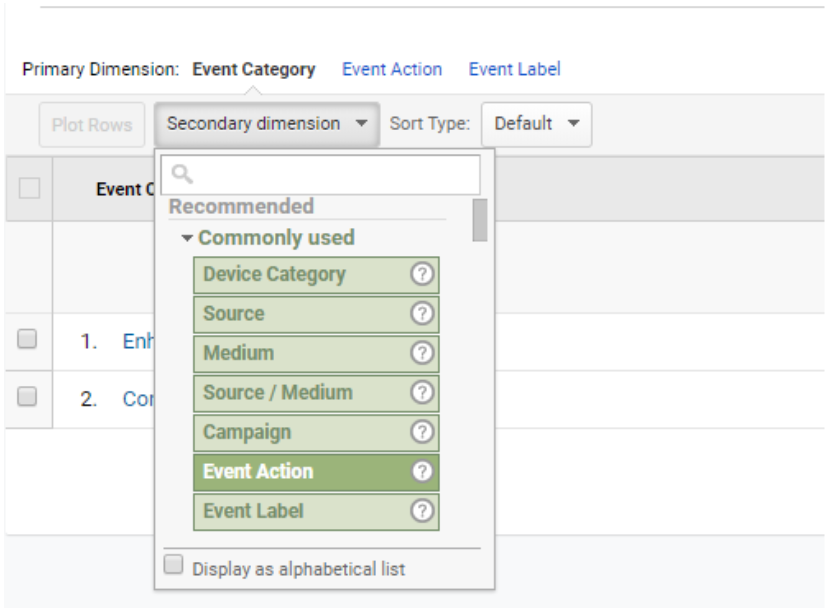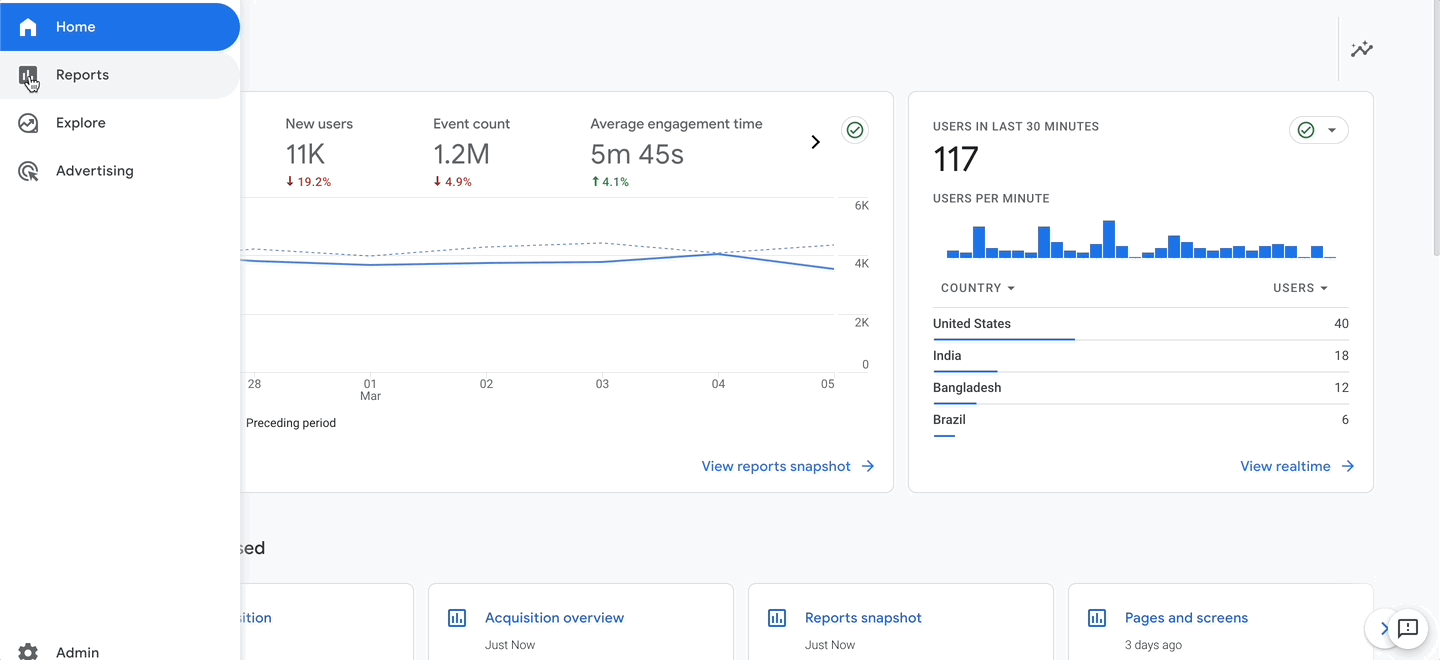Enhance Your Information Analysis Using Secondary Measurement in Google Analytics
Exploring the capacities of additional measurements in Google Analytics opens a world of opportunities for refining data analysis. By layering additional measurements onto primary information collections, an even more elaborate story arises, dropping light on user communications and performance indicators.
Recognizing Additional Measurements
In the realm of data evaluation, a crucial element to grasp is the concept of additional measurements and their significance in removing deeper understandings from Google Analytics records. Second dimensions in Google Analytics describe added specifications that can be contributed to the main dimension, permitting a much more detailed analysis of information. By incorporating secondary measurements, experts can segment and filter information to discover patterns, fads, and connections that may not be noticeable when considering the information all at once. These secondary measurements can supply context and a more comprehensive understanding of individual actions, traffic resources, and other vital metrics tracked by Google Analytics.

Advantages of Utilizing Second Measurements
When evaluating information in Google Analytics, the use of secondary measurements provides indispensable insights right into user actions and performance metrics. By including a secondary measurement to your key information, you can dig much deeper into the features of your web site visitors and their communications.
Furthermore, additional dimensions enhance the context of your main data, providing an extra thorough sight of customer interaction and performance metrics. Overall, the use of secondary measurements in Google Analytics can considerably boost the deepness and top quality of your information analysis, leading to more enlightened decision-making and enhanced results.
How to Include Second Measurements
By including additional dimensions in Google Analytics, individuals can obtain deeper insights right into their data analysis process, permitting for more thorough assessment of customer actions and performance metrics. Adding additional measurements is a simple process that can significantly improve the depth of analysis. Once in the report, find the "Second measurement" tab above the data table.
Studying Information With Second Dimensions
Utilizing additional dimensions in information evaluation provides a more detailed understanding of customer behavior and performance metrics. By including a secondary dimension to your main data embeded in Google Analytics, you can dig much deeper right into the characteristics of your site visitors and their interactions. For example, integrating the main dimension of 'source/medium' with the second dimension of 'landing web page' can disclose which specific web pages are bring in website traffic from various sources, aiding you maximize these pages for much better involvement.

Essentially, examining data with additional dimensions equips you to acquire beneficial understandings right into user behavior, identify trends, and make educated decisions to enhance the performance of your electronic residential check this site out properties.
Finest Practices for Secondary Dimensions
In information evaluation, integrating secondary measurements successfully can substantially enhance the deepness of insights originated from metrics and customer habits patterns. When making use of additional measurements in Google Analytics or any type of various other analytical device, it is crucial to stick to finest practices to make certain the precision and significance of the data analysis.
One trick best technique is to carefully select additional measurements that enhance the primary dimension being examined. Choosing second dimensions that provide extra context or more division can offer a much more thorough understanding of the data. It is additionally necessary to stay see this site clear of overcomplicating the analysis by including also lots of secondary dimensions, which may bring about confusion or dilution of insights.
Additionally, it is a good idea to experiment with different mixes of second and primary dimensions to discover new connections and fads. Consistently evaluating and fine-tuning the choice of second dimensions based on the certain goals of the analysis can result in even more workable understandings. By adhering to these ideal practices, information analysts can leverage secondary dimensions properly to enhance the overall data analysis process and decision-making capacities.

Conclusion
Finally, integrating second measurements in Google Analytics is important for a detailed information evaluation strategy. By leveraging second pop over to these guys measurements alongside main ones, analysts and online marketers can reveal useful insights and connections that can notify decision-making and enhance electronic marketing techniques. Comprehending how to successfully utilize secondary measurements and adhering to ideal techniques will certainly enable experts to extract meaningful data and enhance their total efficiency metrics.
Second dimensions in Google Analytics refer to added criteria that can be added to the primary measurement, permitting for a more detailed analysis of data. By integrating second dimensions, experts can section and filter data to reveal patterns, fads, and relationships that may not be apparent when looking at the information as a whole. Incorporating the key dimension of 'source/medium' with the secondary measurement of 'landing page' can reveal which specific web pages are bring in website traffic from different resources, helping you maximize these web pages for far better involvement.
One key ideal method is to thoroughly choose additional dimensions that match the key dimension being evaluated. By following these finest practices, data experts can take advantage of additional measurements properly to improve the overall information analysis procedure and decision-making capabilities.